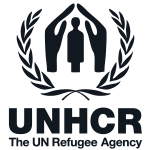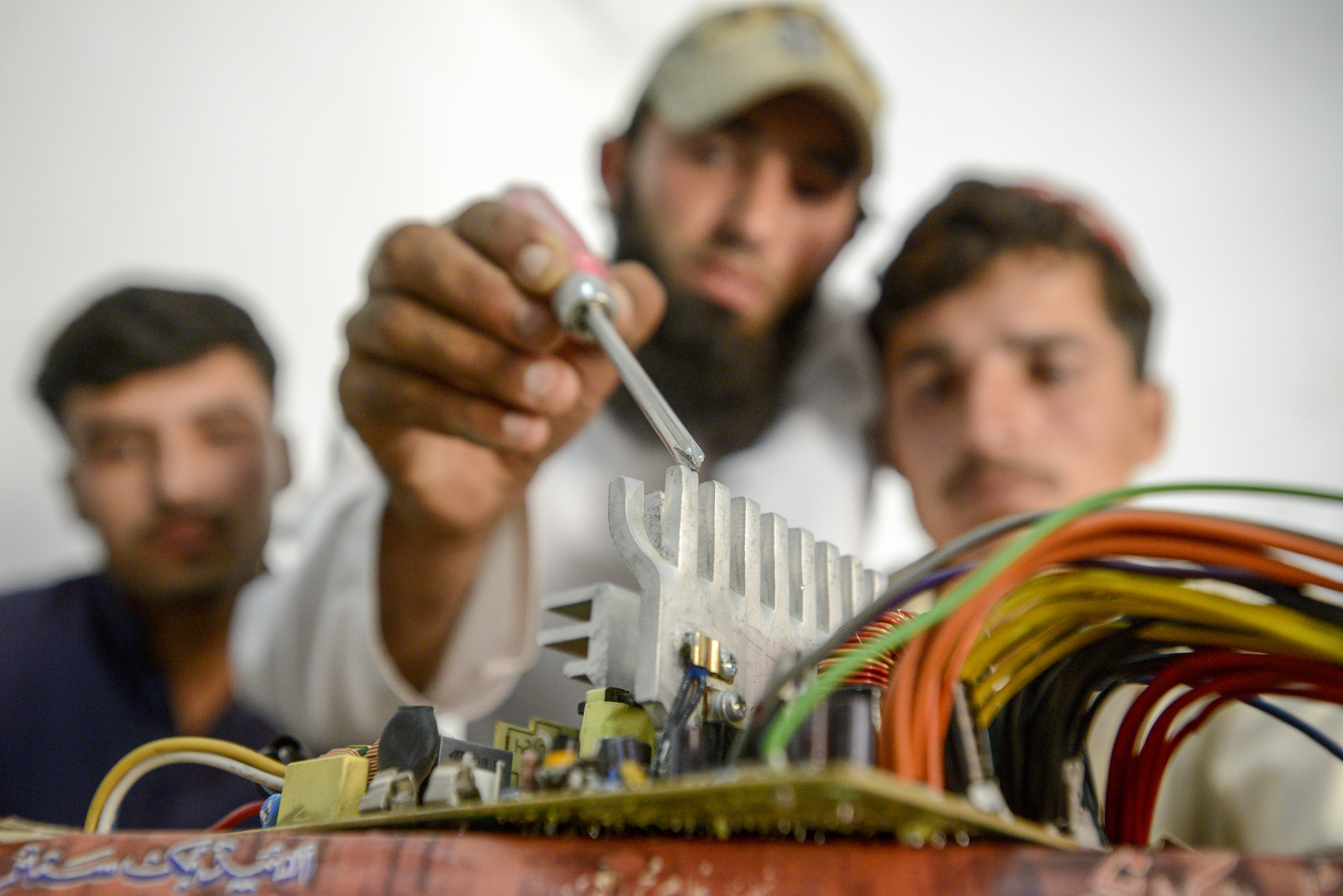
Essays
Check out our most popular articles from 2016 and discover our newly published essays for UNHCR Innovation’s Year in Review.

Read our most popular articles from 2016
From documenting new translation apps to exploring what refugee-led innovation really looks like – these were your favorite articles of the year.
10 refugees who will change your perception of entrepreneurship
Despite significant hardships, refugees are pushing the limits of what most people recognize as the general entrepreneur spirit.
Making sure refugees aren’t lost in translation – with one simple app
UNHCR isn’t the only organization to have identified challenges around translation in the field. Find out what happened when we teamed up with Google and three other great partners to create one solution.
The European Refugee Crisis: 10 communications with communities challenges
UNHCR’s Emergency Lab traveled to fYR Macedonia to assist with the ongoing European Refugee Crisis. Here are ten unique challenges relating to communicating with communities on ground.
Why we need to stop turning refugee stories into aid agency vanity projects and start listening
An argument for why we need to stop turning refugee stories into HQ vanity projects and start listening to persons of concern.
5 ways to better engage with bottom up innovation
Innovation from the perspective of refugees is too often missing in research and practice for refugee assistance. Here are five ways we can better support bottom-up innovation.
Is your app the best way to help refugees? Improving the collaboration between humanitarian actors and the tech industry
Too often, new apps are released with an expectation that convenience will suffice to attract new users, but without a clear understanding of how refugees use technology in their daily lives.
Using GIS technology to map shelter allocation in Azraq refugee camp
How UNHCR is using geographic information systems to manage shelter allocation for refugees in Jordan.
10 big data science challenges facing humanitarian organizations
We are already starting to see examples of how big data can help support both sustainable development and humanitarian action. But while innovative projects are showing the potential of big data, we must remember that there are still challenges that we need to overcome.
5 challenges to accessing education for Syrian refugee children
Creating opportunities for refugees to identify, develop, design, and test their own solutions goes a long way in developing a self-sustainable community.
















